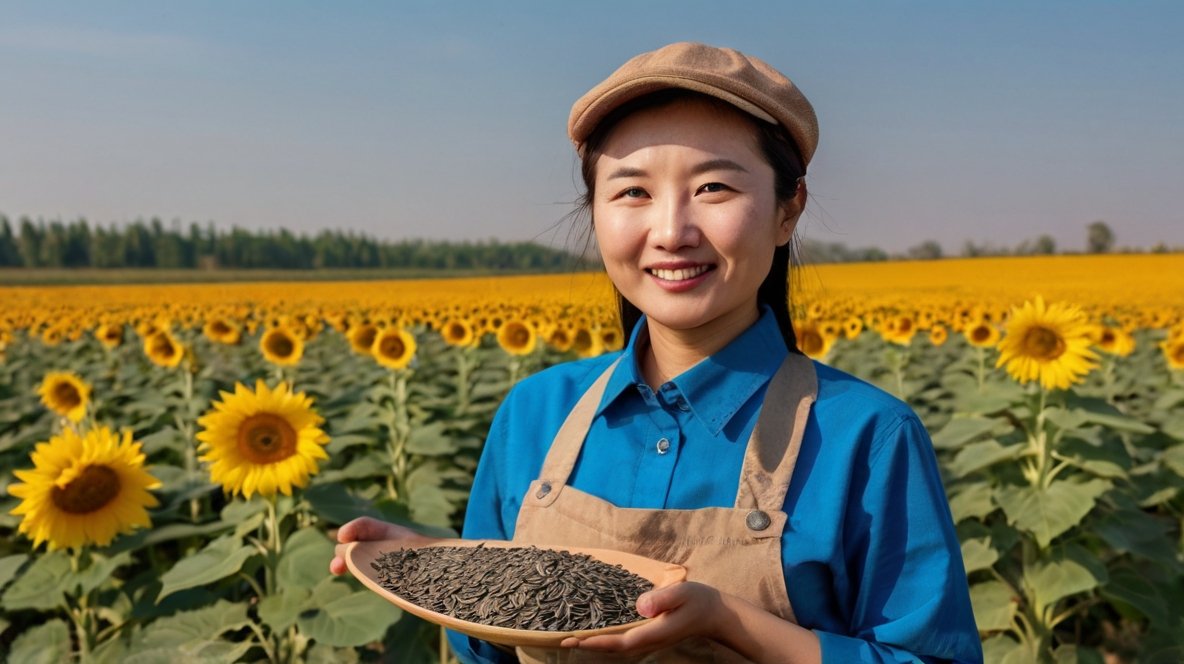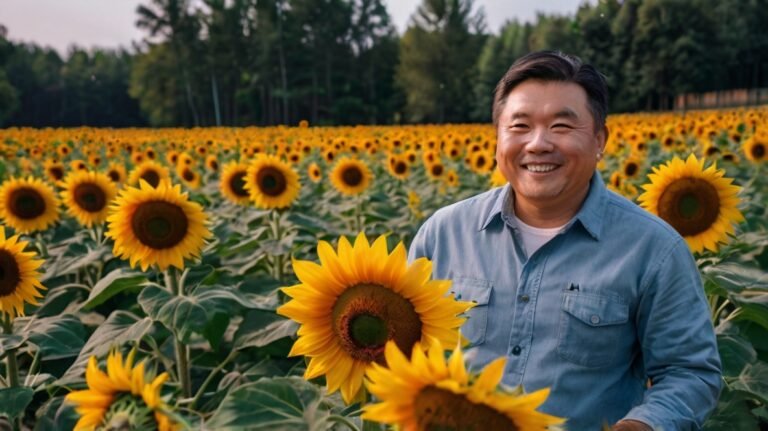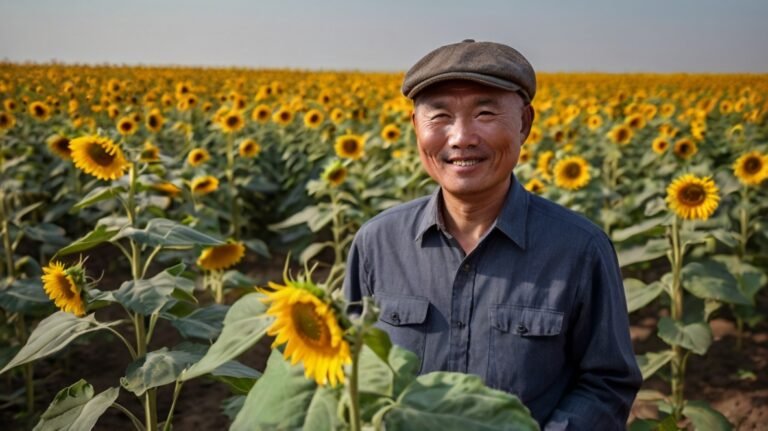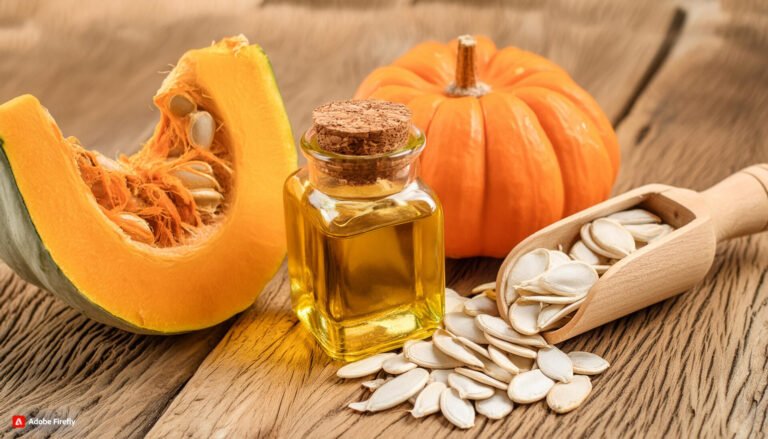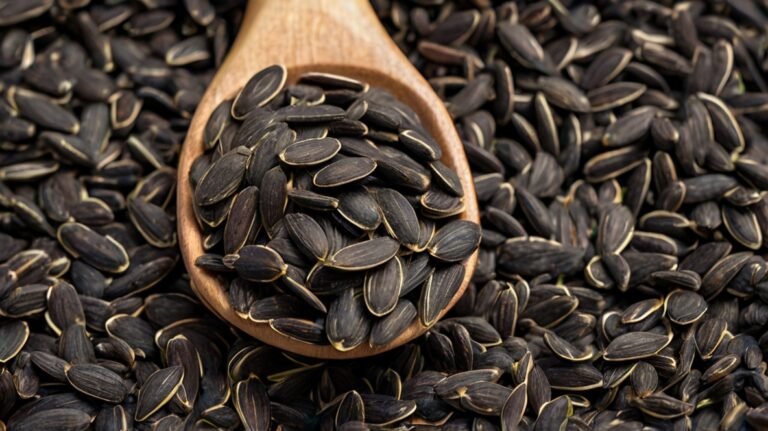As a leading supplier of premium sunflower seeds, XingYi Trading is committed to sharing our expertise in sunflower seed farming techniques. Our success stems from the rich agricultural heritage of Bayannur, Inner Mongolia - China's sunflower capital. Let's explore the essential techniques that contribute to our exceptional sunflower seed collection.
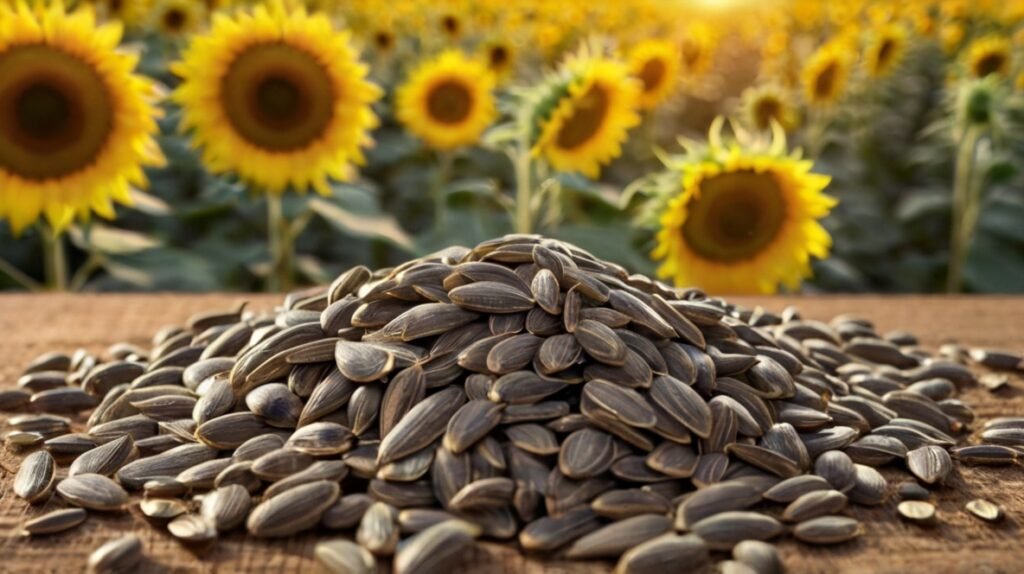
Selecting the Right Sunflower Varieties
Choosing the appropriate sunflower variety is crucial for successful farming. At XingYi Trading, we specialize in three premium varieties:
Each variety has unique characteristics suited to different climates and soil conditions. Our expert team can guide you in selecting the best variety for your specific needs.
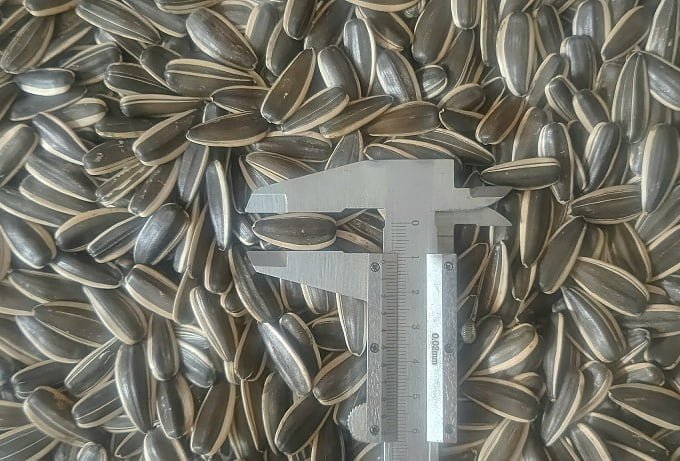
Preparing the Soil for Optimal Growth
Proper soil preparation is essential for healthy sunflower growth. Here's a quick guide:
| Step | Action |
|---|---|
| 1 | Test soil pH (ideal range: 6.0-7.5) |
| 2 | Add organic matter if needed |
| 3 | Till the soil to a depth of 6-8 inches |
| 4 | Create rows with proper spacing |
For more detailed information on soil preparation and planting, visit our Growing Sunflowers from Seeds guide.
Planting Techniques for Maximum Yield
Proper planting techniques ensure optimal germination and growth. At XingYi Trading, we recommend:
- Planting depth: 1-2 inches
- Row spacing: 30-36 inches
- Plant spacing within rows: 6-12 inches
- Planting time: After the last frost when soil temperature reaches 50°F (10°C)
Our Premium Tongqing No. 6 Sunflower Seeds are particularly well-suited for various planting conditions.![Premium Tongqing No. 6 Sunflower Seeds][]
Irrigation Strategies for Healthy Sunflowers
Proper irrigation is crucial for sunflower development. Here's a basic irrigation schedule:
- Seedling stage: Light, frequent watering
- Vegetative stage: Deep watering every 7-10 days
- Flowering stage: Increased water supply
- Seed-filling stage: Gradual reduction in watering
Remember, sunflowers are drought-tolerant but require adequate moisture for optimal seed production.
Nutrient Management for Robust Plants
Sunflowers require balanced nutrition for healthy growth and high-quality seeds. Key nutrients include:
- Nitrogen (N): Promotes leaf growth
- Phosphorus (P): Supports root development and seed formation
- Potassium (K): Enhances disease resistance and overall plant health
For nutrition-packed seeds, try our Premium 361 Sunflower Seeds. Learn more about the Nutrition of Sunflower Seeds on our blog.![Premium 361 Sunflower Seeds][]
Pest and Disease Management
Effective pest and disease management is crucial for a healthy sunflower crop. Common issues include:
- Insects: Sunflower moth, stem weevil
- Diseases: Downy mildew, rust, verticillium wilt
Implement an Integrated Pest Management (IPM) approach, combining cultural, biological, and chemical control methods as needed. Regular field monitoring is essential for early detection and treatment.
Harvesting Techniques for Quality Seeds
Proper harvesting techniques ensure high-quality sunflower seeds. Key points include:
- Timing: Harvest when back of flower head turns brown
- Moisture content: Ideal range 10-12%
- Equipment: Use specialized sunflower headers for efficient harvesting
- Post-harvest handling: Proper drying and storage
For more details on harvesting, check out our guide on Harvesting Sunflower Seeds.
Sustainable Farming Practices
At XingYi Trading, we prioritize sustainable farming practices to ensure long-term soil health and environmental stewardship. Some of our sustainable techniques include:
- Crop rotation
- Cover cropping
- Reduced tillage
- Integrated pest management
- Water conservation methods
These practices not only benefit the environment but also contribute to the superior quality of our sunflower seeds, as evident in our Premium 363 Sunflower Seeds.
By implementing these advanced sunflower seed farming techniques, you can achieve high yields of premium quality seeds. At XingYi Trading, we're committed to sharing our expertise and providing top-quality sunflower seeds for your farming or culinary needs. Explore our full range of products in our sunflower seed collection and pumpkin seed collection.
For more information on sunflower seeds, their benefits, and uses, check out these additional resources:
Remember, successful sunflower farming is a blend of science, experience, and dedication. With XingYi Trading's premium seeds and expert guidance, you're well on your way to a bountiful sunflower harvest. Contact us today to learn more about our products and services!

